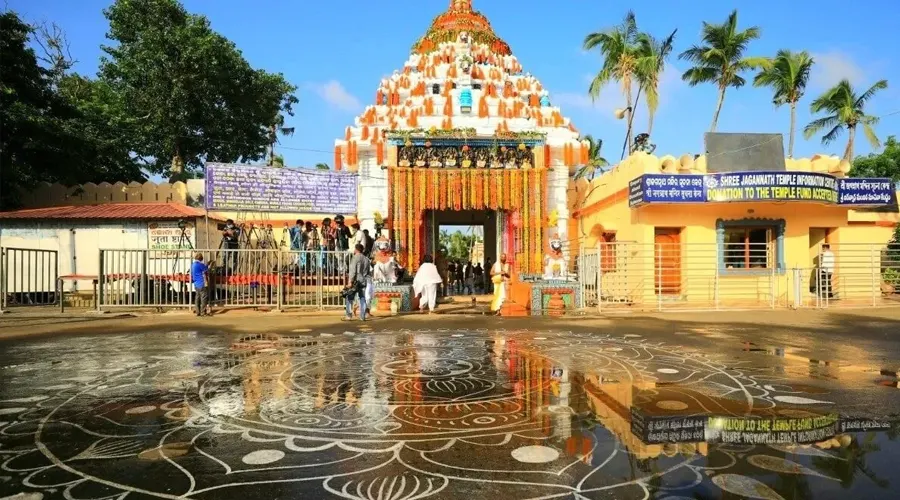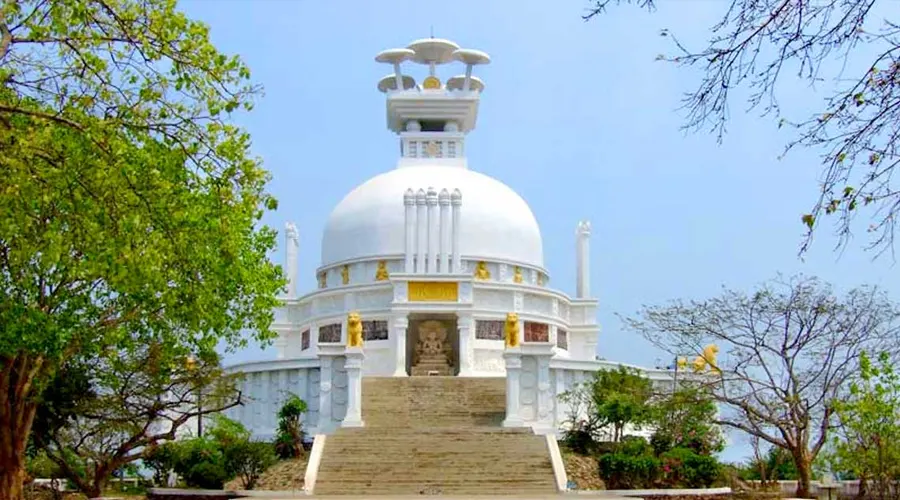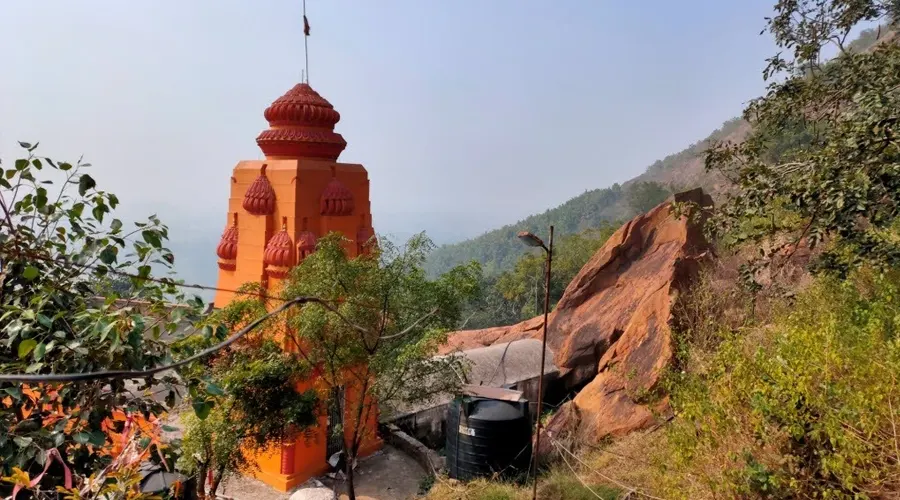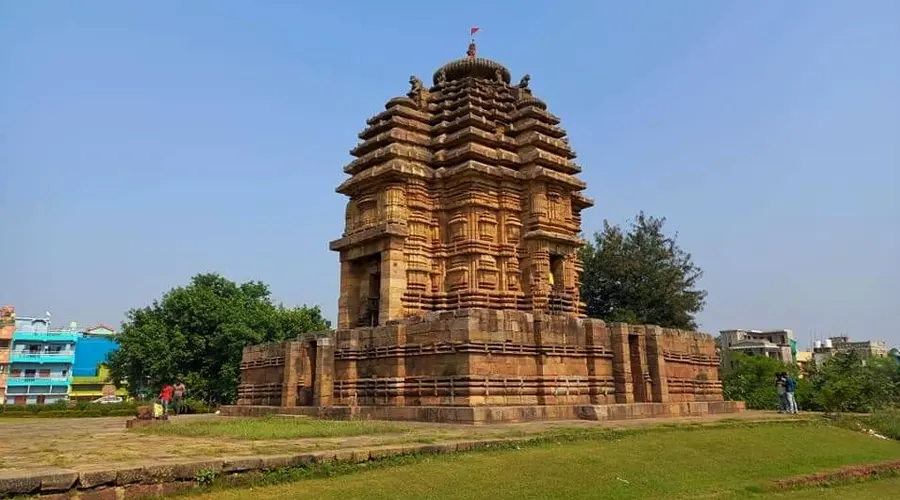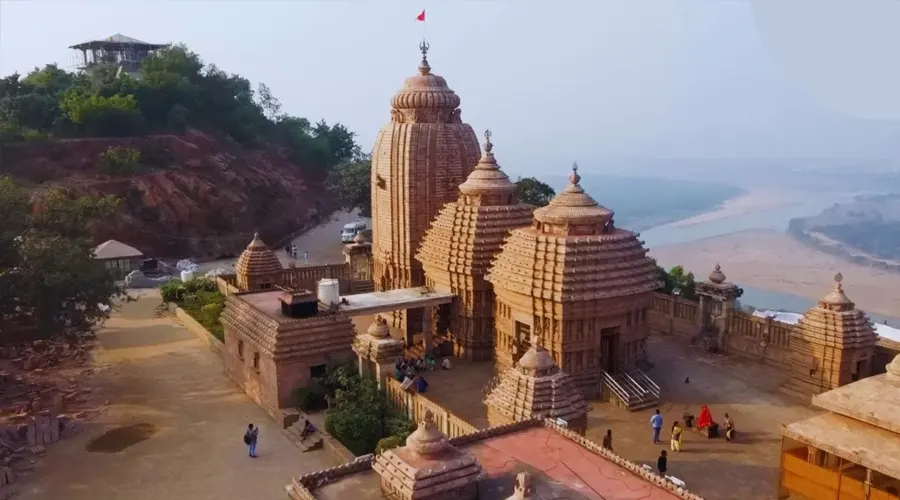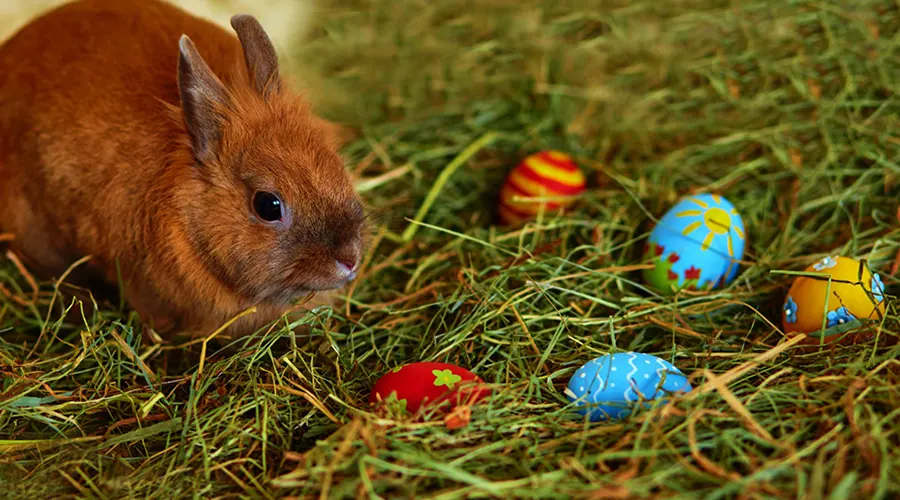Shri Jagannath Puri Temple
Puri is famous for the world-famous Jagannath Temple & Longest Golden Beach. It is one of the Dhammas (Holiest of the holy place) out of four Dhamas i.e. Puri, Dwarika, Badrinath & Rameswar, in India. Lord Jagannath, Devi Subhadra, and elder brother Balabhadra are worshipped in Puri (The Purusottama Kshetra).
The deities are seated on the Bejeweled Pedestal (Ratna Simhassana). Shree Jagannath Puri Temple is one of the most impressive monuments of the Indian State Odisha, was constructed by a famous king of the Ganga Dynasty Ananta Varman Chodaganga Deva dating back to the 12th century at the seashore Puri.
The main temple of Jagannath is an impressive and amazing structure constructed in Kalinga architecture, with a height of 65 meters placed on an elevated platform. There are so many festivals of Sri Jagannath during the year observed in Puri. Snana Yatra, Netrotsava, Rath Yatra (car festival), Sayana Ekadasi, Chitalagi Amavasya, Srikrishna Janma, Dussehra, etc. The most important festival is the World-famous Rath Yatra (Car Festival) & Bahuda Yatra. A large crowd is gathered to witness Lord Jagannath during this festival.
History of Shri Jagannath Puri Temple
The history of the Jagannath Puri Temple is related to a fascinating story. Lord Jagannath was worshipped secretly in a forest, just as Lord Neela Madhaba was worshipped by a king named Viswavasu. King Indradyumna was curious to know more about the deity, and so, he sent a Brahmin priest, Vidyapati to Viswavasu. All the efforts of Vidyapati to find the place went in vain. But he fell in love with Viswavasu's daughter, Lalita, and married her. Then, at the request of Vidyapati, Viswavasu took his son-in-law blindfolded to the cave where he worshipped Lord Jagannath.
Smart Vidyapati dropped mustard seeds on the ground on the way. After this, King Indradyumna proceeded to Odisha to the Deity. However, the idol was not there. Though he was disappointed, he was determined to see the idol of Lord Jagannath. A sudden voice told him to construct a temple on Nilasaila. Afterward, the king ordered his men to build a beautiful temple for Vishnu. The king later invited Brahma to consecrate the temple. However, Brahma was in meditation which lasted for nine years. By then, the temple had been buried under sand.
The king was anxious when during his sleep, the king heard a voice that directed him to find a floating log of a tree on the seashore and make idols out of it. Accordingly, the king again built a magnificent temple and installed the images of Lord Jagannath, Balabhadra, and Subhadra made out of the wood of the divine tree.
Architecture of Shri Jagannath Puri Temple
The Jagannath Temple is one of the most spectacular temples in India. With its classic Oriya architecture, it never fails to sweep tourists off their feet. It covers an area of approximately 4,00,000 square feet and is enclosed by two rectangular walls. The outer wall is called Meghanada Pacheri which is 20 ft. high. The other one is called Kurma Bedha which surrounds the main temple.
The main shikhara or tower which is higher compared to other shikhara houses the deities. The temple has four distinct structures- the Vimana, the Jagamohan or the porch, the Nata Mandir, and the Bhoga Mandap built in a row. There are four gates- the eastern Singhadwara (Lion Gate), the southern Ashwadwara (Horse Gate), the western Vyaghrasana (Tiger Gate), and the northern Hastidwara (Elephant Gate).
The Lion Gate is the main gate, located on Grand Road. Within the temple complex, there are many shrines also. Also, there is a wheel on the top of the temple known as the Nila Chakra or the Blue Wheel. It is made up of different metals and every day a new flag is hoisted on the chakra.
Festivals Celebrated at Shri Jagannath Puri Temple
Jagannath Puri Temple is known for celebrating religious festivals with great pomp and excitement. Some of the major festivals you should witness are-
1. Puri Rath Yatra- This is the major festival of the temple. Also known as the Car Festival or Gundicha Yatra, it is usually held in June or July. All three idols of Jagannath, Balabhadra, and Subhadra are carried in huge chariots or raths from Bada Danda, the main street of Puri, to the Gundicha Temple.
Then, after nine days, they are brought back to the Jagannath Temple. The return yatra is called as Bahuda Yatra and it is performed in the same way as the Rath Yatra. Thousands of people gather around for the darshan of the lords. It is a beautiful sight to see all the deities adorned in bright colors. The zeal and excitement of people are a cherry on the cake.
2. Snana Yatra- In this festival, the deities are bathed on full moon day. They are brought out from the temple and taken in a procession to the Snana Bedi. This festival takes place in May or June.
3. Chandan Yatra- Held in April-May, Chandan Yatra is a 21-day festival. During this period, the deities along with images of Siva from 5 Shiva Temples are taken in a procession to Narendra tank where the idols are kept in beautifully decorated boats and are worshipped.
4. Dola Yatra- This festival takes place in the month of Phalguna. The respective deities are taken in a procession to Dolavedi which is located outside the main temple and special rituals are performed.
5. Makara Sankranti- This festival is held in the month of Pausa. Special dresses are made for the deities. Boiled rice mixed with candy and fruit juices are offered to the deities. This festival has an agricultural significance.



